This page details different ways to earn a lot of units quickly in No Man’s Sky. We’ll cover exploration methods such as hunting alien creatures, scanning flora and fauna, uncovering ancient bones and gathering storm crystals, a lucrative crafting and farming method by combining oxygen and chlorine, and questline or side mission methods.
How to Make Units Quickly in No Man’s Sky¶
Exploration¶
Hunt Roaming Alien Creatures¶
This is perhaps the most basic way of earning units in the early game, but a surprisingly profitable one when you consider the lack of required equipment. All you’ll need is the basic Mining Beam which you have access to at the beginning of the game. This will output enough damage for you to kill most creatures fairly quickly, allowing you to loot and sell their organic remains. The most valuable of these are known as Meaty Chunks, which are worth roughly 1,000 units a piece. You can hunt for as long as you like as you stack these items to 50 per inventory slot, selling a stack for around 50,000 units. There are certainly faster ways to earn units than this, but this is by far the easiest method which requires the least amount of equipment.
(1 of 2) Some planets have an abundance of large creatures which yield Meaty Chunks.
Some planets have an abundance of large creatures which yield Meaty Chunks. (left), Meaty Chunks stack up to 50 in your inventory, each one with a default value of 1,000 units. (right)
Destroy Whispering Eggs to Sell Larval Cores¶
This method is similar to the one above, since you’ll essentially be stealing from alien creatures. However, the creatures you’ll be stealing from are only found at specific sites known as Abandoned Buildings. These are found on almost every planet, especially those you start on, so you shouldn’t have much trouble locating one. When you first arrive at an abandoned building you’ll notice that it’s surrounded by nests, but with no creatures visible. The nests contain Whispering Eggs which can be destroyed using the Mining Beam or a type of ammunition, revealing the Larval Core within. These larval cores sell for around 69,000 units each, making them one of the most valuable items looted from any alien creature.
The main difference between this method and the regular hunting of roaming herbivorous creatures, is that as soon as you destroy a Whispering Egg, numerous hostile creatures known as Biological Horrors (aka Fiends or Burrowing Monstrosities) will emerge from beneath the ground and begin chasing you. These can inflict a lot of damage in a short amount of time, especially if you’re overwhelmed by a lot of them, so you’ll need to keep moving or find a safe place on the rooftops of the building as you take them out. You can kite the horrors fairly easily around the area as you kill them one by one, but all of this can take quite a long time, making other methods potentially more desirable if they’re available to you.
Find Natural Burial Sites and Sell Ancient Bones¶
This method is far more lucrative than hunting alien creatures or their eggs, but you’ll need two pieces of essential equipment before you can begin: the Analysis Visor and the Terrain Manipulator. You’ll be using the former to identify Natural Burial Sites on a planet, and the latter to dig deep enough to locate the Ancient Bones associated with them. The types of bones that you can find will vary between sites. There are three main categories of bones that you’ll come across: Common, Uncommon, and Rare. The values for each of these are noted in the table below.
| Ancient Bone Type | Units Value |
|---|---|
| Common | 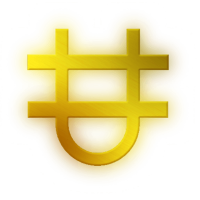 50,000 - 110,000 per bone 50,000 - 110,000 per bone |
| Uncommon |  200,000 - 650,000 per bone 200,000 - 650,000 per bone |
| Rare |  700,000 - 1,700,000 per bone 700,000 - 1,700,000 per bone |
You’ll sometimes find multiple types of ancient bone at the same site, and most sites will have rare bones, making each excavation potentially incredibly lucrative. The only limiting factor to this method is that you’ll first need to find a planet which has Ancient Bones present. The easiest way to determine this is by scanning a planet from orbit, and moving on if you don’t see Ancient Bones listed as one of the primary listed resources. If they are listed, as in the screenshot below, you’re good to go. If there are no planets in your starting system with Ancient Bones present, you’ll need to install the Hyperdrive and travel to a different system to try your luck there instead. Planets with Ancient Bones aren’t particularly rare, so you shouldn’t find yourself searching for too long.
One more thing to keep in mind is that the above unit values for each type of bone are base values, and they may differ slightly depending on the local economy of the system you find yourself in. However, in most cases you should find that the bones actually sell for slightly more than the values listed above.
(1 of 4) Look for planets with Ancient Bones to find Natural Burial Sites.
Find and Sell Storm Crystals¶
For this method to be viable, you’ll first need to find a planet with an extreme weather atmosphere, capable of producing violent storms. These can come in different forms such as heat, cold, toxic, and radioactive storms, but the main thing to look out for when you’re scouting and scanning a planet is the Lethal Atmosphere tag next to Weather. These planets are guaranteed to produce violent storms, which in turn produce storm crystals. You’ll need to wait for a violent storm to take place before you can venture out into it and use the Analysis Visor to locate Storm Crystals. These will also glow in the landscape, so they’re difficult to miss. Each Storm Crystal will sell for roughly 129,000 units, making the journey worthwhile if you can harvest a lot of them.
If you want to harvest Storm Crystals, you’ll benefit from upgrading the hazard protection of your exosuit. The type of upgrade will partly depend on the type of planet that you’ve encountered with extreme weather. If the planet is affiliated with extreme heat, you’ll want heat protection. If it’s affiliated with extreme cold, you’ll want cold protection, and so on. You’ll find most exosuit upgrades at the Anomaly once you have access to it, some of which provide upgrades to base hazard protection across all weather types.
Scan Flora and Fauna with the Analysis Visor¶
This method is something you can use continuously throughout your entire playthrough. It’s nowhere near as profitable as the above methods, but it allows for a steady flow of income as you explore new planets. The only requirement is the Analysis Visor, which allows you to scan and analyse all the different types of flora and fauna on a given planet. As a general rule, flora will yield fewer units than fauna, but it’s a good idea to scan both as you wander a new planet, since it doesn’t take too long. You will also earn an additional bonus amount of units once you’ve scanned all of the flora and fauna on one planet, and if it’s a new planet that no one else has discovered before, you can upload the information for some additional units. This is by no means a get rich quick scheme, but it’s a steady flow of income which feeds into other aspects of the game and provides an additional reason to make a habit of scanning everything you come across.
(1 of 2) You can inspect all flora and fauna on any planet to earn units.
You can inspect all flora and fauna on any planet to earn units. (left), Uploading your discoveries will yield a small amount of nanites. (right)
Crafting and Farming in No Man’s Sky¶
Combine Oxygen and Chlorine in a Large Refiner¶
This method is arguably the best in terms of the ratio between time invested and units received. However, you’ll probably need to spend some time using the above methods to generate enough wealth and resources before you can make this method viable. This is because you’ll need to invest some units into purchasing a lot of Oxygen first. We’re talking as much as you can possibly find. Multiple stacks of 9999. The best place to find an abundance of oxygen on sale is at Space Stations, where you can speak with visiting Starship pilots and offer to trade with them. Almost every pilot you interact with will have anywhere between 100 - 700 oxygen for sale. You’ll need a few thousand units to buy as many stacks as you can.
Once you’ve acquired oxygen stacks in the thousands, it’s time to find the second resource: Chlorine. This is most commonly found in salt deposits, which can be located on almost any planet. However, if you’re having trouble finding any on your starting planet, you can use the method of travelling to different systems and scanning planets to check for salt. Alternatively, you can consider any planet with a visible mass of water on the surface to have a decent supply of salt. You may need to swim beneath the surface to locate salt deposits, where you can use the Mining Beam to extract both salt and Chlorine. You won’t need much Chlorine to get this farm going, but aim for a stack of about 100 if you can.
(1 of 3) You’ll find plenty of Oxygen for sale from visiting pilots at Space Stations.
Now that you’ve got an abundance of Oxygen and a small amount of Chlorine, all you need to do is combine these two in a refiner, thereby producing more chlorine. You can use any Refiner to do this, even the portable refiner, but the method is most efficient when using the Large Refiner. You can purchase this with Salvaged Data at the Anomaly once you have access to it, but you’ll need to acquire the lesser refiners in the item tree first. If you really want to get the farm pumping out as much chlorine as possible, you should consider purchasing multiple Large Refiners so that you can refine multiple stacks of oxygen and chlorine at once.
You can stack as much chlorine as you want in your inventory, but a Large Refiner will stop producing it at around 4,000. This amount takes about 3-4 minutes to produce, so you’ll need to return to your refiners fairly frequently. However, since you’ll never run out of chlorine using this method, you can use those 3-4 minutes to return to a space station (or a nearby Trade Outpost) to purchase more oxygen from visiting pilots, keeping the refinement process going for as long as you want.
Once you’re ready to sell your stacks of chlorine, you should use the same tip advised above and avoid selling it at Galactic Trade Terminals, since this will gradually drive the price down. Instead, speak with visiting pilots at Space Stations or Trade Outposts to sell it for a consistent price. You’ll earn massive amounts of units from selling chlorine, as shown in the screenshot above, where one stack of 11,130 was sold for 6,717,944 units.
Complete Local and Nexus Missions in NMS¶
This is probably the most obvious method of earning units in the context of a traditional RPG, but it’s nowhere near as profitable as those above. It’ll take far longer to earn the same amount of units doing missions and main questlines than it would if you were to dedicate some time to the above exploration or farming methods. However, it’s still worth noting because doing these missions will reward you with other items along the way, such as the Living Ship, acquired from the Starbirth quest at the Anomaly.
You can also find side missions from the Missions Agent at Space Stations, which will sometimes reward you with valuable items such as the Esophageal Surprise, worth roughly 57,000 units. As you complete more quests, you might find yourself venturing to new parts of the universe that you might not have otherwise visited, so it’s well worth spending a bit of time familiarizing yourself with both the main questline and side missions to get the most out of the game, while earning a reasonable amount of units along the way.
(1 of 2) You can accept Local Missions from the Missions Agent at Space Stations.
You can accept Local Missions from the Missions Agent at Space Stations. (left), Nexis Missions can be found at the Anomaly. (right)
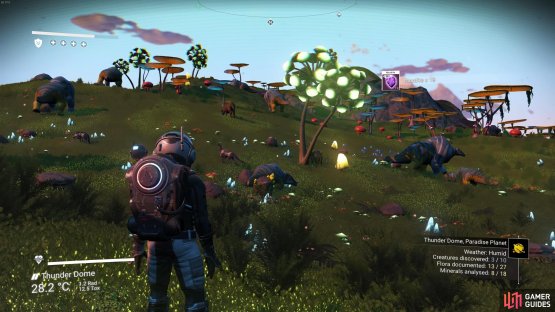

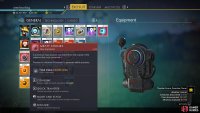

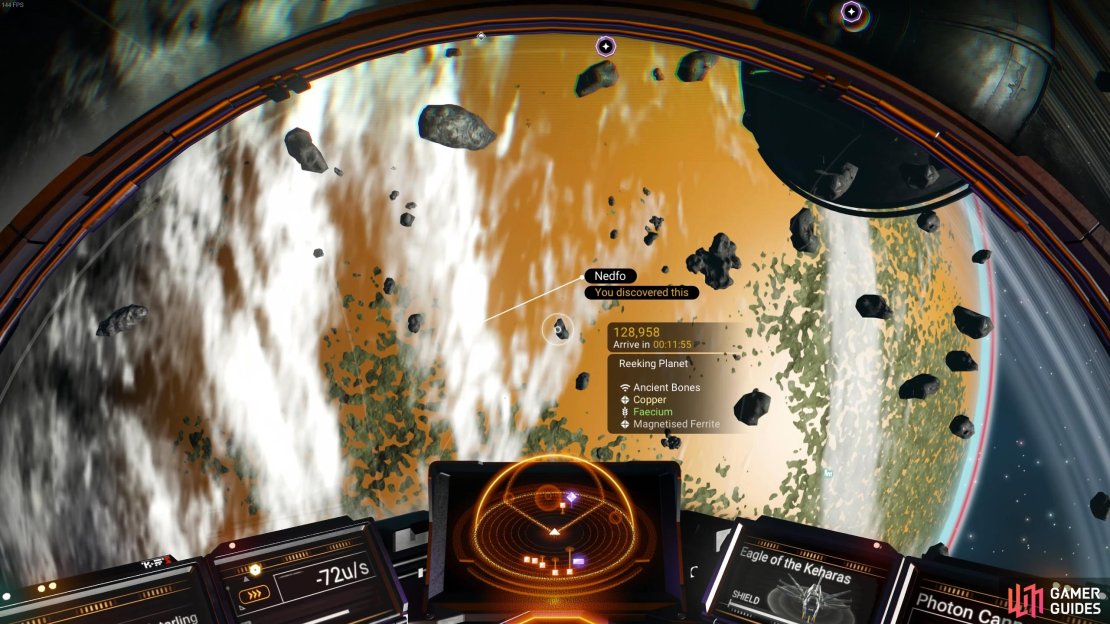

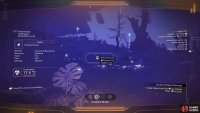
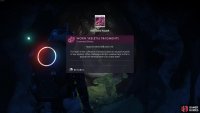

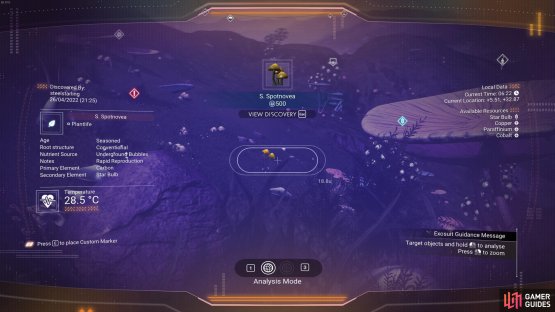

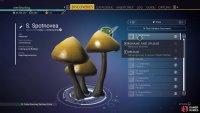

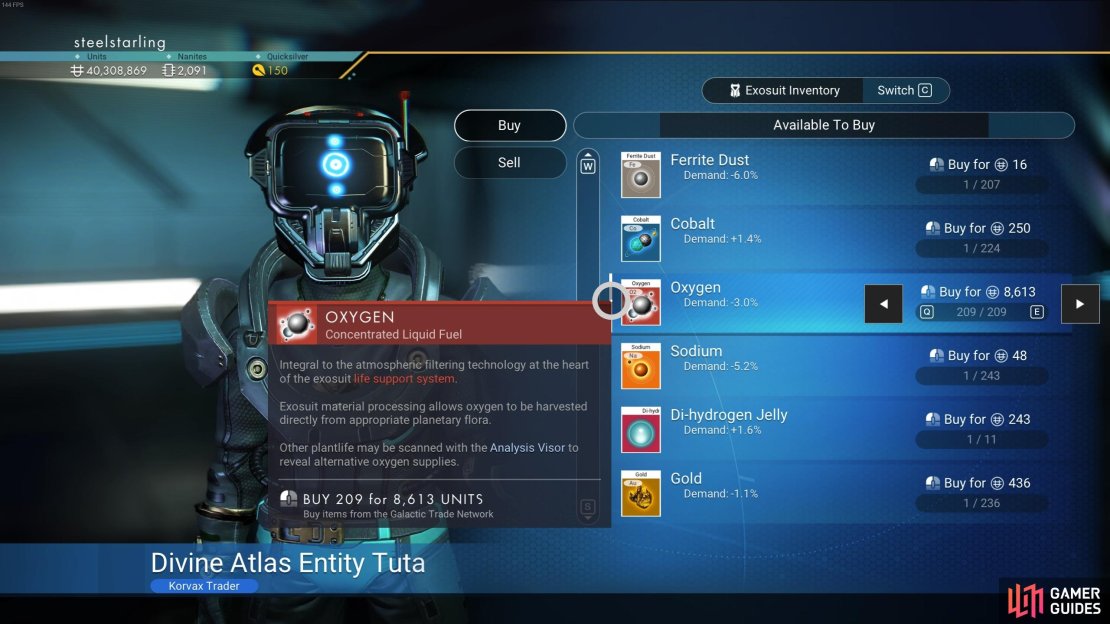

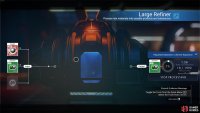
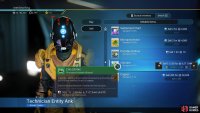
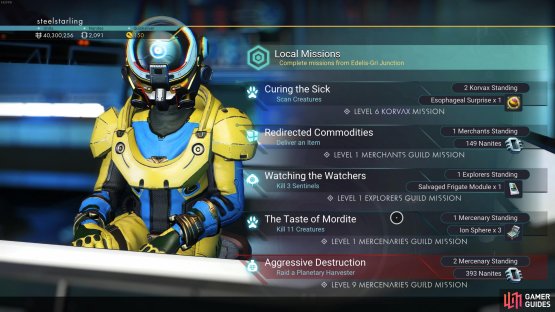



No Comments